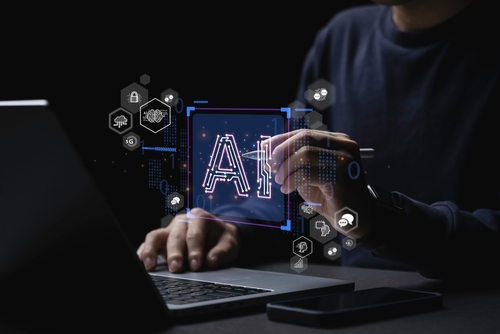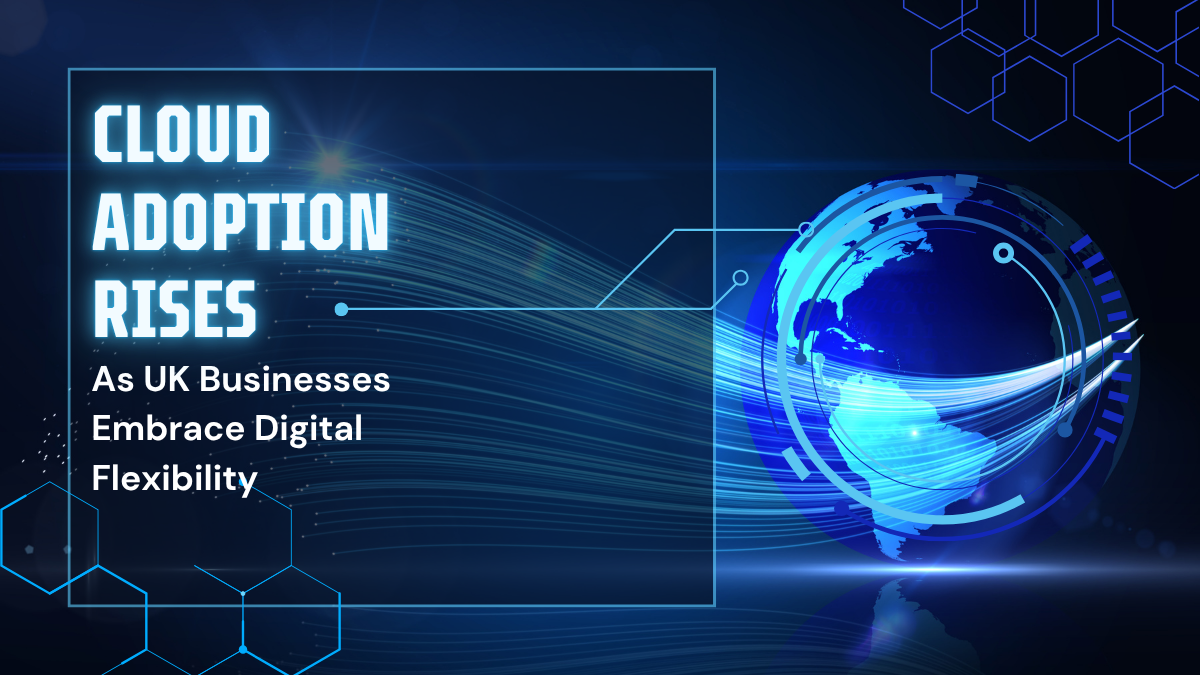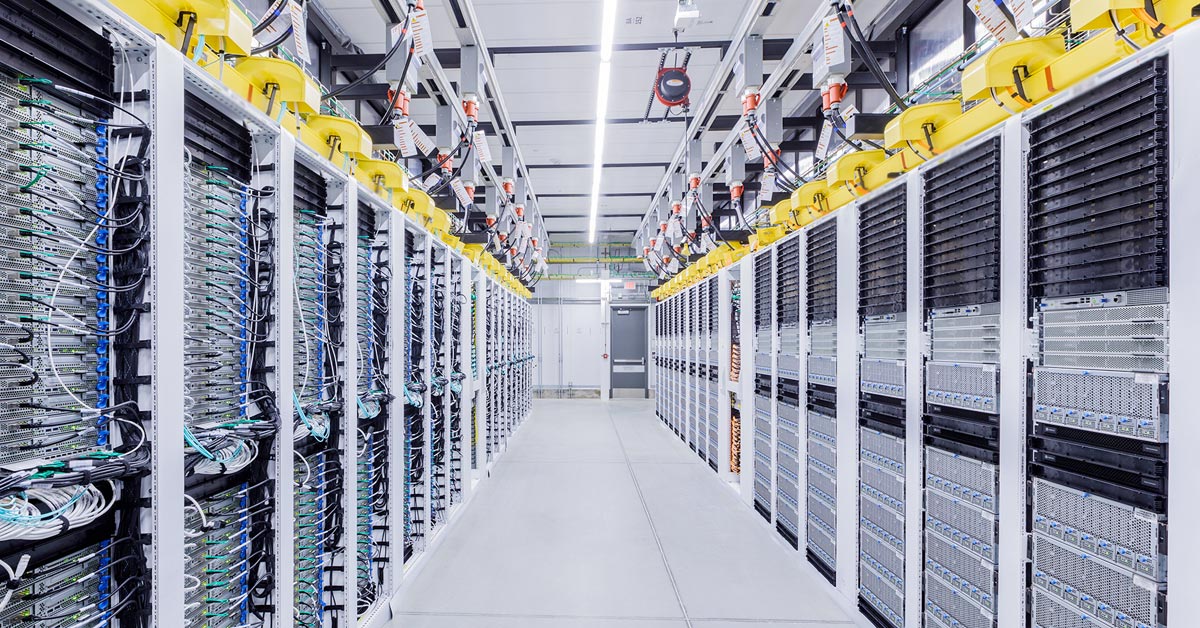The manufacturing industry is going through its most significant transformation in decades. Artificial intelligence in manufacturing is no longer a futuristic idea; it is a reality changing how products are designed, made, and delivered.
For decades, manufacturers relied on mechanical power, then digital automation, and finally robotics. Now, with the introduction of AI systems, factories are evolving into smart factories capable of real time data analysis, predictive maintenance, and intelligent decision making. By integrating AI into the manufacturing process, companies can identify patterns in sensor data, optimise manufacturing processes, and make more accurate forecasts for supply chain management.
AI in manufacturing isn’t about replacing human workers; it’s about supporting them. Repetitive tasks are automated, freeing people to focus on innovation, decision making, and problem solving. The result is enhanced efficiency, reduced waste, and a lasting competitive advantage in the business world.
This article covers everything you need to know: what AI in manufacturing is, its key benefits, the technologies powering it, real-world industry applications, how to implement it, challenges to consider, and the trends shaping the future of the manufacturing sector.
What is AI in Manufacturing?
AI in manufacturing is the use of artificial intelligence technologies — including machine learning models, computer vision, digital twin technology, and generative artificial intelligence — to improve and optimise manufacturing operations.
Where traditional automation followed rigid rules, ai powered systems adapt. They use real time data analytics to learn from production lines, raw materials, and supply chains. This allows manufacturers to forecast demand, reduce downtime, and improve product quality.
AI in manufacturing industry applications include:
- Predictive maintenance for physical assets
- Quality control automation on production lines
- Process optimisation using real time data analysis
- Digital twin technology for simulating production schedules
- Generative ai for accelerating the design process and improving mechanical properties
- Supply chain optimisation, including procurement processes and inventory management
By integrating AI across manufacturing operations, companies reduce energy costs, cut waste, and build smarter, more resilient production systems.
Key Benefits of AI in Manufacturing
Predictive maintenance and reliability
Predictive maintenance is one of the most widely adopted AI applications in the manufacturing sector. Machine learning models process sensor data from production lines to identify patterns indicating potential breakdowns. By fixing machines before they fail, companies save millions in unplanned downtime.
Case example: An automotive manufacturer used predictive maintenance across its welding robots. Downtime fell by 30%, production schedules became more reliable, and repair costs dropped significantly.
Quality control automation
In traditional manufacturing, human workers carried out time-consuming quality checks. With computer vision, quality control automation happens instantly. AI systems scan thousands of units per hour, detecting defects invisible to the human eye.
Case example: Electronics manufacturers deploy AI to inspect microchips. Accuracy increased by 25% compared to manual inspection, reducing waste and ensuring compliance with strict industry standards.
Optimising manufacturing processes
AI tools enhance efficiency by optimising variables like temperature, speed, and pressure in real time. This ensures consistent quality while reducing waste.
Case example: A food manufacturer implemented AI in its cooking and packaging lines. The system adjusted conditions automatically, reducing waste by 15% and ensuring consistent flavour and quality.
Supply chain optimisation
AI in manufacturing extends beyond the factory floor into supply chain management. By forecasting demand, optimising procurement processes, and managing inventory management, AI ensures supply meets demand at lower cost.
Case example: Aerospace companies use AI to forecast raw material needs six months ahead. This prevents shortages, smooths procurement, and aligns production schedules with customer preferences.
Energy management and sustainability
Manufacturing consumes huge amounts of energy. AI powered systems analyse energy consumption and recommend adjustments, reducing energy costs and supporting sustainability.
Case example: Steel plants deployed AI tools to optimise furnace operations. Energy use fell by 12%, cutting costs while meeting environmental goals.
Competitive advantage
Manufacturers adopting AI gain a competitive edge. Enhanced decision making, reduced waste, and innovative solutions like generative ai create a strong position in the business world.
Case example: Aerospace companies using generative AI to design lighter aircraft parts gained a market advantage by offering lower fuel costs and stronger performance.
Core AI Technologies in Manufacturing
Machine learning
Machine learning in manufacturing is the foundation of AI adoption. By processing large amounts of high quality data, machine learning models identify patterns, forecast outcomes, and recommend improvements.
Applications include predictive maintenance, demand forecasting, yield optimisation, and production planning. Machine learning models also support real time data analysis, enabling smart factories to adapt instantly to changing conditions.
For bespoke solutions, manufacturers often explore machine learning app development to create AI tools designed around their operations.
Computer vision
Computer vision systems use cameras and neural networks to inspect products and monitor assembly processes. These AI tools detect defects, misalignments, and anomalies, ensuring consistent quality control automation.
Applications include:
- Detecting scratches or dents on car body panels
- Checking pharmaceutical packaging for errors
- Inspecting microchips in electronics
The benefits include fewer recalls, reduced waste, and faster throughput on production lines.
Digital twin technology
A digital twin is a virtual model of a physical asset, machine, or factory. These models mirror real-time performance, allowing companies to simulate changes and predict outcomes without halting production.
Benefits include:
- Testing new designs before deployment
- Simulating production schedules
- Improving mechanical properties of components
- Reducing risk and waste through simulation
Digital twins are increasingly central to smart factories, making manufacturing operations more agile and resilient.
Generative artificial intelligence
Generative AI is transforming the design process in the manufacturing sector. It creates optimised designs, simulates alternative assembly processes, and improves mechanical properties.
Applications include:
- Generating lightweight engine parts in the automotive industry
- Designing stronger aerospace materials
- Exploring innovative solutions for consumer electronics
Generative artificial intelligence accelerates prototyping and brings new products to market faster.
Real time data analytics
Real time data analysis ensures manufacturers can act instantly. AI powered systems process high quality data across production lines, energy management systems, and supply chains to make recommendations in seconds.
Benefits include:
- Immediate detection of anomalies
- Dynamic adjustment of production schedules
- Optimised energy management
- Enhanced decision making at every level
Industry-Specific Applications
Automotive industry
The automotive industry has been an early adopter of AI in manufacturing. Predictive maintenance, computer vision for defect detection, and generative AI for vehicle design are now standard.
AI in automotive assembly processes ensures consistent quality, while digital twins simulate entire production lines before changes are made.
Aerospace and defence
Aerospace companies rely on digital twin technology to simulate stress tests on aircraft components. Supply chain optimisation powered by AI ensures procurement processes remain efficient despite complex global networks.
Generative AI helps design lighter aircraft materials with better mechanical properties, reducing costs and improving safety.
Electronics manufacturing
Electronics manufacturing benefits from computer vision for defect detection on microchips and boards. Machine learning models also forecast demand, aligning production schedules with customer preferences.
Pharmaceuticals and food production
AI systems in pharmaceuticals ensure compliance with strict regulatory standards. Quality control automation detects errors quickly, while predictive maintenance reduces downtime on critical equipment.
In food production, AI tools optimise cooking, packaging, and distribution, reducing waste and enhancing efficiency.
Heavy industry and energy
Smart factories in energy-intensive sectors like steel and mining use AI to monitor turbines, smelters, and heavy machinery. AI technologies optimise efficiency, reduce energy consumption, and cut costs while maintaining output quality.
Implementation Roadmap
- Set objectives – Define clear goals such as predictive maintenance or supply chain optimisation.
- Assess data quality – Ensure high quality data from production lines, supply chains, and raw materials.
- Run pilots – Start with one production line or process to test AI solutions.
- Select tools – Choose ai systems aligned with your manufacturing process.
- Train human workers – Equip employees to work alongside AI, shifting focus from routine tasks to strategic roles.
- Integrate systems – Connect AI to ERP, MES, and procurement processes.
- Leverage digital twins – Simulate process optimisation virtually before deployment.
- Scale gradually – Expand AI adoption across the manufacturing sector once pilots succeed.
- Engage experts – Consider whether to hire ai developers or partner with automation consulting services.
- Measure success – Track reduced waste, energy costs, and operational efficiency to refine solutions.
Challenges in Implementing AI
Data quality and integration
AI depends on high quality data. Many manufacturers struggle with siloed data, which reduces model accuracy. Data integration is a key step.
Workforce readiness
Introducing ai raises concerns for human workers. Training is essential to ensure employees understand their evolving roles alongside smart systems.
Implementation costs
From sensors to digital twin technology, upfront investment can be high. Companies must plan ROI carefully.
Cybersecurity
AI powered systems require strong protections to guard against data breaches and cyberattacks.
Future Trends in AI Manufacturing
Smart factories
Smart manufacturing will expand globally, creating factories that learn, adapt, and optimise efficiency automatically.
Generative AI for innovation
Generative artificial intelligence will play a growing role in product design, optimising mechanical properties and accelerating development cycles.
Supply chain optimisation
AI systems will forecast demand more accurately, reducing waste and aligning procurement processes with customer preferences.
Digital twin adoption
Entire smart factories will be modelled as digital twins, allowing manufacturers to simulate every detail of operations.
Sustainability
AI will support sustainability by reducing energy consumption, cutting energy costs, and improving resource management.
Human-AI collaboration
The future lies in combining human capabilities with AI technologies to balance efficiency and creativity.
Manufacturers often engage ai consultants to plan for these market trends.
Conclusion
AI in manufacturing is transforming the sector into a smarter, more sustainable, and innovative industry. By adopting machine learning, computer vision, digital twin technology, and generative artificial intelligence, manufacturers achieve operational efficiency, reduced waste, and competitive advantage.
Manufacturing companies that start implementing ai solutions today will thrive in tomorrow’s world of smart factories and supply chain optimisation.
AI In Manufacturing FAQs
How is AI used in manufacturing?
AI is used across predictive maintenance, quality control automation, supply chain management, energy management, and production planning. It helps identify patterns in sensor data, optimise processes, and reduce costs.
What are examples of AI in manufacturing?
Examples include computer vision for defect detection, generative ai for product design, and digital twin technology for simulating production lines. Each application reduces waste and enhances efficiency.
What are the benefits of AI in manufacturing?
The benefits include reduced downtime, cost reduction, better quality control, energy savings, and a competitive edge. Manufacturers also gain improved decision making through real time data analysis.
How does predictive maintenance work?
Predictive maintenance uses machine learning models to analyse sensor data and identify patterns of equipment wear. Maintenance is scheduled before failures occur, reducing downtime and improving reliability.
What challenges do manufacturers face with AI?
Key challenges include poor data quality, integration with existing systems, workforce adaptation, high costs, and cybersecurity concerns.
Which industries benefit most?
Automotive, aerospace, electronics, pharmaceuticals, food production, and heavy industry are among the leading adopters.
What role does generative AI play?
Generative artificial intelligence enhances the design process, optimises mechanical properties, and accelerates prototyping. It creates innovative solutions for complex manufacturing challenges.
What is a digital twin in manufacturing?
A digital twin is a virtual model of a physical asset or process. It mirrors performance, enabling manufacturers to simulate changes and optimise efficiency.
How does AI improve supply chains?
AI improves supply chain optimisation by forecasting demand, streamlining procurement processes, and managing inventory management. This reduces waste and increases efficiency.
Does AI replace human workers?
AI reduces repetitive tasks but enhances human capabilities. Workers shift to roles requiring creativity, decision making, and innovation.
What is the future of AI in manufacturing?
The future includes smart factories, sustainability, wider generative AI adoption, and digital twin expansion. These trends will reshape the manufacturing sector globally.
How can small manufacturers adopt AI?
Small manufacturers can start with affordable AI solutions like quality control automation or predictive maintenance. Over time, they can scale adoption across production lines.
What market trends drive AI adoption?
Trends include sustainability, customer preferences for customised products, energy management, and global supply chain pressures.
How do companies get started with AI?
Manufacturers start by defining goals, ensuring high quality data, piloting small projects, and engaging experts through automation consulting services.
Is AI only for large companies?
No. Smaller manufacturers can benefit by adopting scalable AI technologies suited to their operations.
How does AI reduce energy costs?
AI monitors energy consumption, predicts demand, and recommends operational changes to reduce costs while maintaining output quality.
What are the risks of AI in manufacturing?
Risks include poor data integration, over-reliance on low-quality data, workforce resistance, and cyber threats.
















